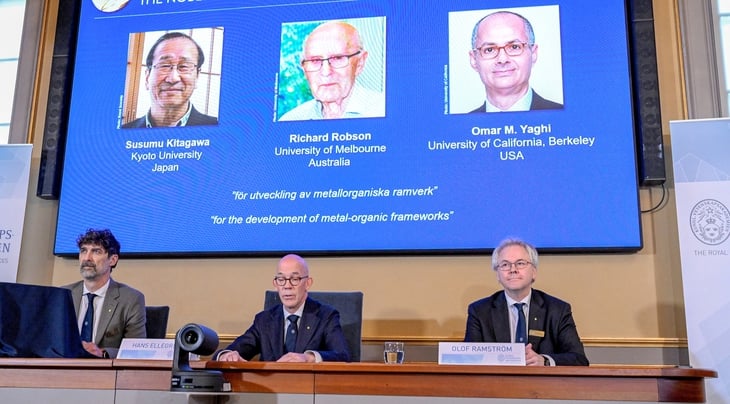
A screen displays the three scientists who won the 2025 Nobel Prize in Chemistry during the announcement ceremony at the Royal Swedish Academy of Sciences in Stockholm, on October 8 - Photo: REUTERS
On October 8 in Stockholm (Sweden), three scientists Susumu Kitagawa (74 years old, Kyoto University - Japan), Richard Robson (88 years old, Melbourne University - Australia) and Omar M. Yaghi (60 years old, University of California - Berkeley, USA) were awarded the 117th Nobel Prize in Chemistry.
Their achievements tell a beautiful story of intellectual ambition, research perseverance and the power of cross-border scientific collaboration.
Multi-purpose foam material application
The winning work is called "Development of metal-organic frameworks" (MOFs). In this structure, metal ions act as the foundation, linked to long organic molecules containing carbon radicals. This combination creates crystals with large cavities - porous materials with unique properties.
By tweaking the building blocks, chemists can design MOFs to capture and store specific substances, promote chemical reactions, or conduct electricity.
"Metal-organic frameworks have enormous potential, opening up unprecedented opportunities for creating customized materials with many new functions," said Heiner Linke, Chairman of the Nobel Committee for Chemistry, at the award ceremony.
From the pioneering discoveries of three scientists, researchers have developed tens of thousands of different types of MOFs, opening up countless directions for science and technology.
The story begins in 1989, when Professor Richard Robson at the University of Melbourne (Australia) tried to exploit a new way to create chemical structures.
He combined positively charged copper ions with a four-armed molecule that had a chemical group that attracted copper ions at the tip of each arm. The result was a crystal with an orderly, open-space structure, like a diamond containing countless cavities.
Robson and his colleagues then developed the “rod-node” principle to create a hollow coordination network, paving the way for designing metal-organic frameworks in the desired shape. However, the initial structures were unstable and prone to collapse, which was the biggest obstacle in the initial stage.
Three continents in one breakthrough
However, two scientists, Susumu Kitagawa and Omar Yaghi, gave this method a solid foundation. From 1992 to 2003, they made a series of revolutionary discoveries.
At Kyoto University (Japan), Professor Kitagawa overturned the popular notion before 1997 that hollow organic crystals would collapse if there was nothing inside.
He demonstrated that it was possible to create organic-metal hybrids that were both porous and strong, and that gases could flow in and out of these structures. He also coined the term “breathing MOFs,” describing the ability of MOFs to expand and contract in response to the molecules they adsorb, much like human lungs.
As a young graduate student and future professor, Yaghi wondered why materials chemistry was limited to “shake and bake.” From there, he came up with the idea of “stitching” molecular blocks like a jigsaw puzzle to create a crystal lattice according to design.
This thinking became the basis of "reticular chemistry", and it was he who coined the name MOF for the new material. He also developed theoretical designs and created the classic material MOF-5 with its huge surface area and high stability.
After sleepless nights in the lab, cracked crystals and countless failures, Mr. Robson laid the foundation for MOFs. Mr. Kitagawa demonstrated flexible porosity, and Mr. Yaghi systematized the methods and language to help the scientific community continue to expand applications to manufacturing and life.
Although working separately on three continents, these three giants of chemistry have been colleagues and close friends for decades, complementing each other's research breakthroughs since 1989.
Nobel Chemistry Committee member Olof Ramström likened their discovery to "Hermione Granger's magic bag" in the Harry Potter books, small on the outside but big enough to hold a whole world inside.
Those early years and decades of research have resulted in the prestigious Nobel Prize today. The story of MOF is of course just beginning.
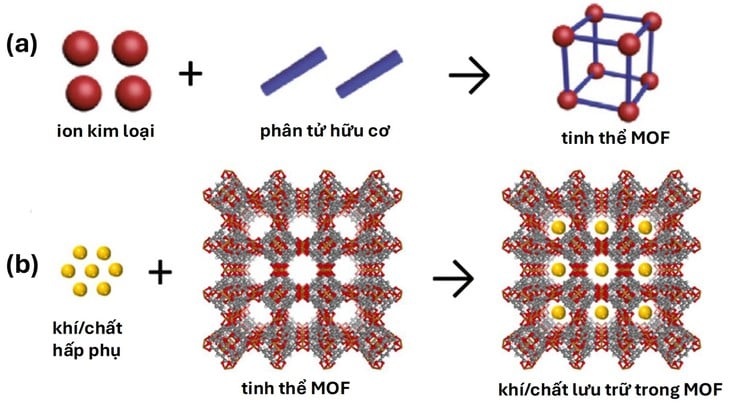
(a) MOF formation process; (b) Adsorption process of gas or other substances into MOF - Data: SPRINGER; Data: TV
From the laboratory to life
MOFs are now widely used in production and daily life. In addition to the uses mentioned by the Nobel Committee, this material can also store CO₂ emissions to convert them into useful organic products, release drugs in the body, catalyze chemical reactions, and even slow down the ripening process of fruits by trapping ethylene.
These examples show that MOFs are not only "nice" porous materials for basic research, but also important technological platforms for energy, environment, and biomedicine, contributing to improving the quality of life.
In Vietnam, many research groups at universities and scientific institutes have applied MOFs in catalysis, gas storage and drug release. This shows that domestic scientists are keeping up with advanced technology trends.
In the next few years, MOFs will be introduced into semi-industrial processes, integrated into water harvesting equipment, CO₂ capture, adsorption columns and fine filtration membranes.
It is expected that in the next 5-10 years, MOFs can be designed on demand for safe hydrogen storage, selective molecular separation, highly sensitive environmental sensing and green chemical catalysis – reducing energy costs, cutting emissions and opening up a new generation of framework materials markets.
With the rapid development of artificial intelligence, it is not impossible that AI will promote the creation of MOFs with high application value in many other fields.
Professor Omar Yaghi and his mark at VNU-HCM
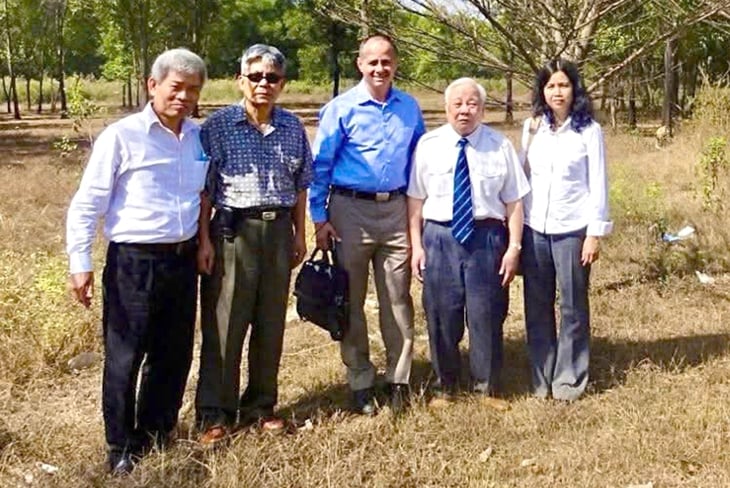
Professor Yaghi visited the campus of VNU-HCM in 2010 - Photo: DPCC
During 30 years of establishment and development, VNU-HCM has always received valuable companionship from many international experts and scientists - sincere and dedicated friends who have brought great lessons in management, research and innovation.
In particular, Professor Omar M. Yaghi (University of California, Berkeley - UCB), the world's leading scientist on metal-organic frameworks (MOFs), has left a deep mark at VNU-HCM.
With a strict but inspirational working style, the Professor not only helps achieve many specific results but also contributes to reshaping the school's awareness and scientific research culture.
From the cooperation process, VNU-HCM has drawn valuable lessons: Discipline and passion: Scientific work requires seriousness, intense passion and standard laboratory discipline; Outstanding quality : All research must meet international standards, published only in the most prestigious journals; Talent and treatment: Scientists must be supported by leading advisors, adequate research conditions and a regime commensurate with "market value"; Applicability: Even though it is basic research, it must still aim for the ability to apply and attract funding - something that Professor Yaghi himself has directly done with VNU-HCM; Humanity and rigor: Strict in expertise but still kind, close and always ready to share.
In 2022, Professor Omar M. Yaghi was awarded the VinFuture Prize, but the greater significance is the values he left behind - from training the young generation of scientists, building Centers of Excellence (CoE), to spreading the spirit of professional research and dedication to knowledge.
Associate Professor, Dr. PHAN THANH BINH (former Director of VNU-HCM)
Source: https://tuoitre.vn/nobel-hoa-hoc-2025-tu-do-choi-xep-hinh-den-vat-lieu-the-ky-20251008222351112.htm


![[Photo] Prime Minister Pham Minh Chinh chairs the Conference to deploy the National Target Program on Drug Prevention and Control until 2030](https://vphoto.vietnam.vn/thumb/1200x675/vietnam/resource/IMAGE/2025/10/09/1759990393779_dsc-0495-jpg.webp)



![[Photo] Prime Minister Pham Minh Chinh chairs a meeting of the Government Standing Committee on overcoming the consequences of natural disasters after storm No. 11](https://vphoto.vietnam.vn/thumb/1200x675/vietnam/resource/IMAGE/2025/10/09/1759997894015_dsc-0591-jpg.webp)

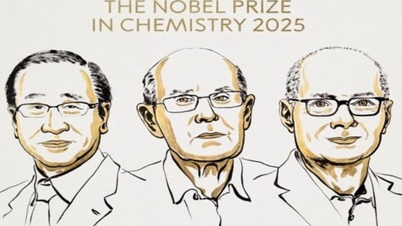

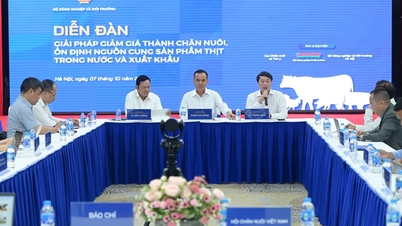



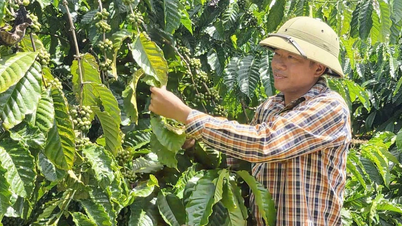









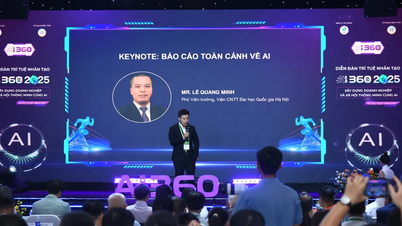





















































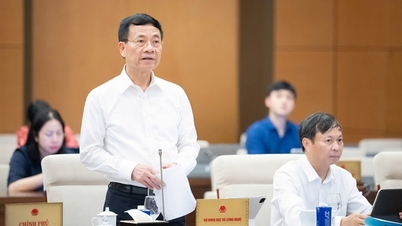

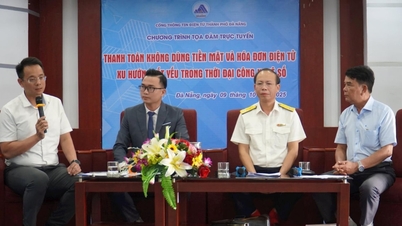


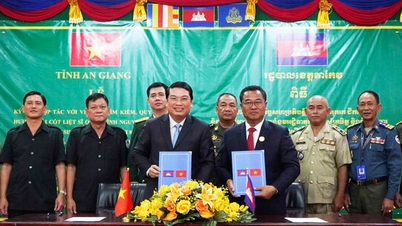

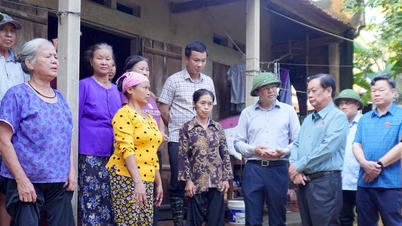

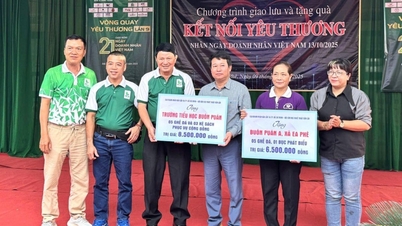

















Comment (0)